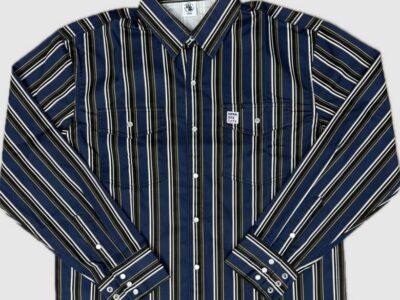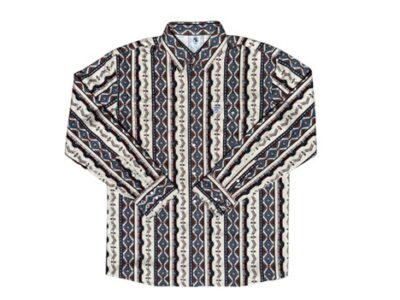For years, bag straps were mostly written off. They were taken as practical requirements rather than design advancements. Ergonomics is gaining front stage in bag design. We learn more about biomechanics and user comfort; bag straps are leading the way. They are being painstakingly built to distribute weight. They minimize pressure areas and enhance hauling, not just strips of material. Many carry large items for business, travel, or leisure. They use bags for extended periods of time. Therefore, they should particularly pay attention to this shift. Understanding the breadth and comfort of straps is helping to lead to interesting changes in the carrying of our belongings.
Why Does Strap Width Matter? Science of Pressure Distribution
Ergonomic bag straps are built on pressure distribution. Pressure is force divided by area rather simply. A bag’s weight lays down on your shoulders. Thin straps concentrate this force over a smaller area, therefore increasing shoulder strain. Concentrated pressure may bring discomfort and long-term problems. More general straps, however, distribute the same force across a larger area. The straps, therefore, reduce pressure per square inch.
Body Ergonomics: Movement Creation
Ergonomics covers more ground than just strap width. The key is to understand the human body in action and create bags that accentuate our own movements. Bent to suit the shoulder and neck, ergonomic bag straps help to prevent chafing and digging. Important also is padding, which distributes pressure and cushions. Especially in extended use or in warmer environments, breathable mesh and memory foam are extensively employed. They are used to increase comfort and lower heat buildup. The ergonomic design includes width and cushioning as well as angle and strap placement. Straps placed deliberately may help to balance the weight.
Comfortable Carry: Ergonomics Standard: Future
Bag strap design reveals how ergonomics is progressively taking the front stage in product design. Previously, it was a basic working component. Now, engineering and design see it as one of several vital components. Now, customers have become more conscious of ergonomic concepts. They use bags for longer periods and larger loads, and comfortable and supporting bag straps will become more popular. Designers will be motivated by this trend. They can explore fresh materials, patterns, and technologies to raise bag-carrying comfort. The bag design is going to be ergonomic. The strap width and design ensure that carrying our everyday goods is practical, comfortable, and supportive. Thank goodness poorly built bag straps are not aggravating back and shoulder problems.














Comments